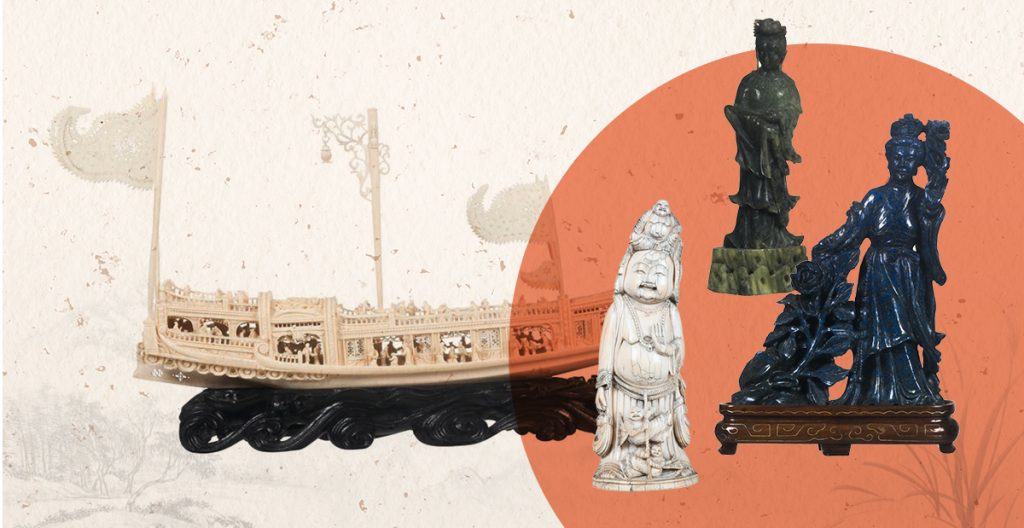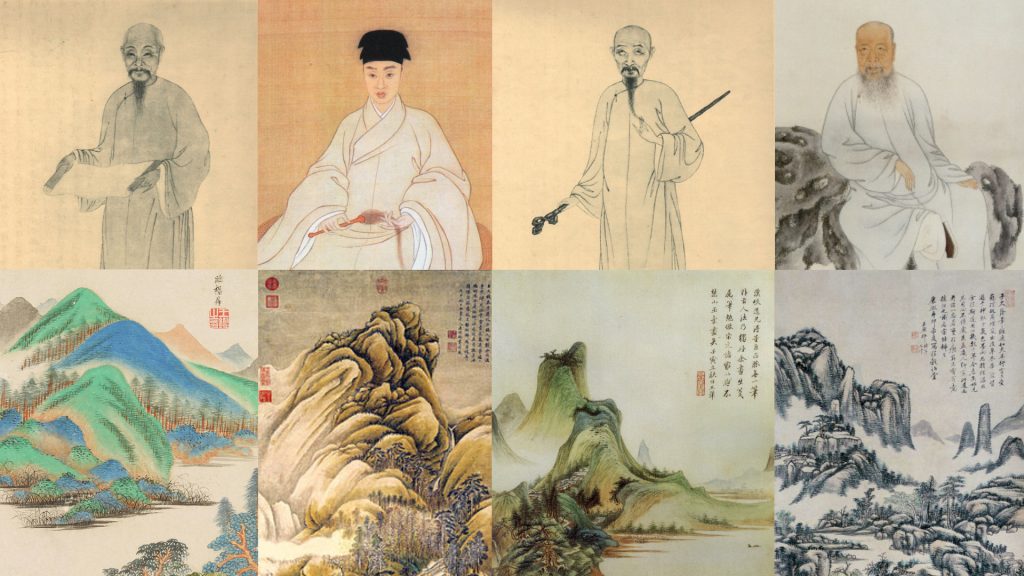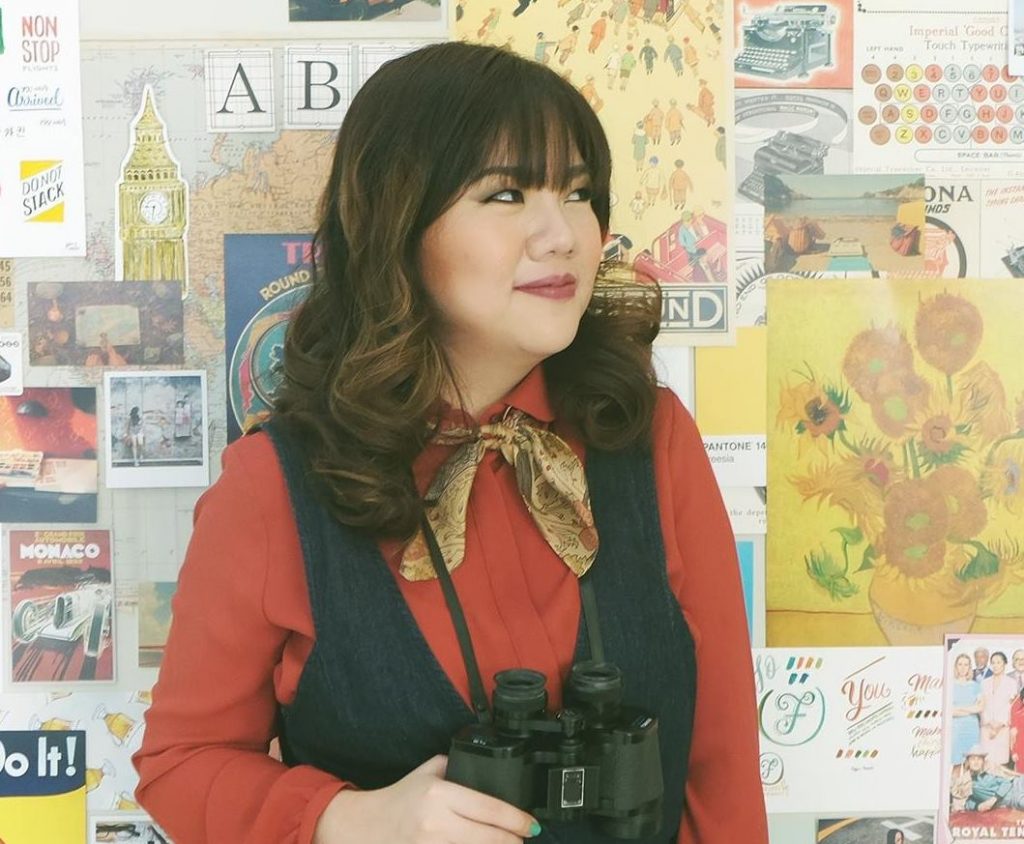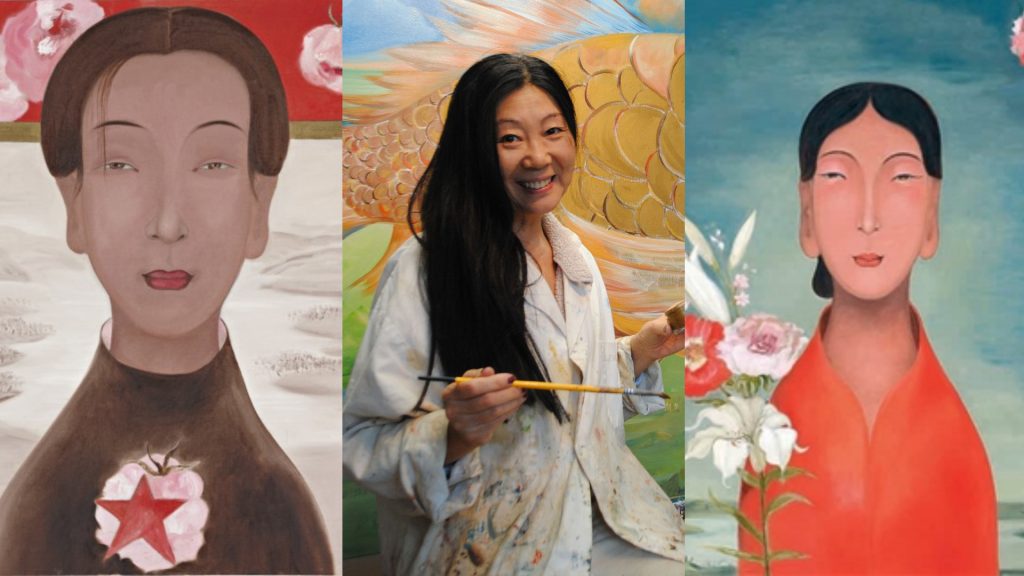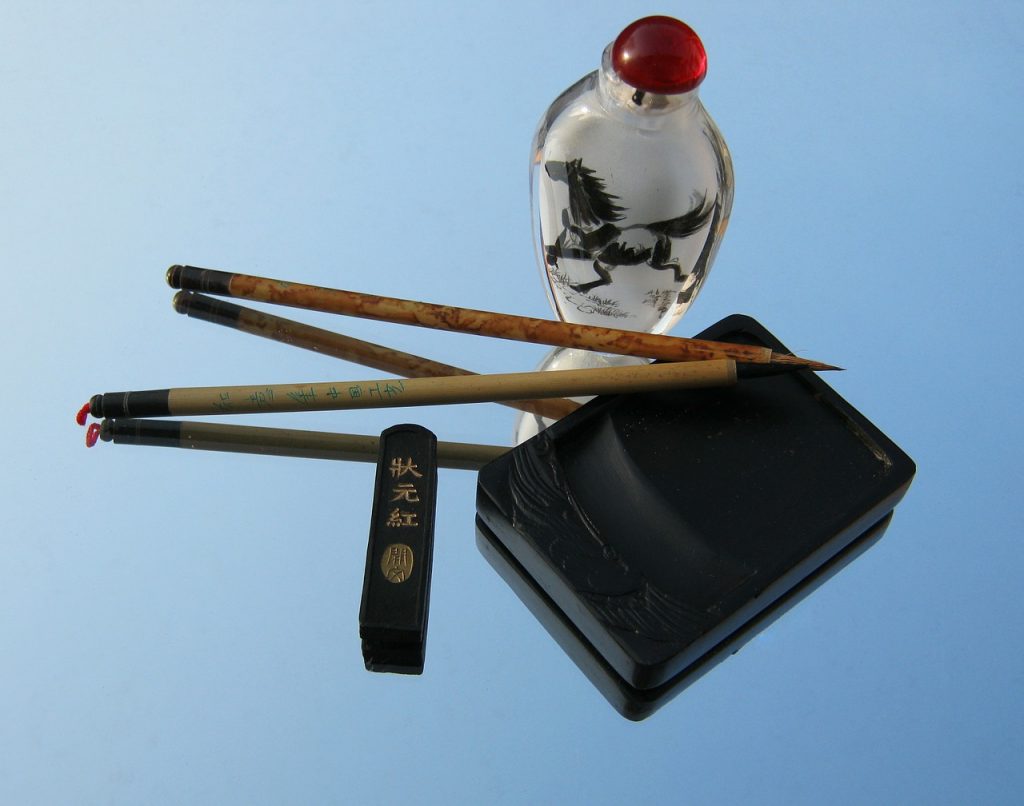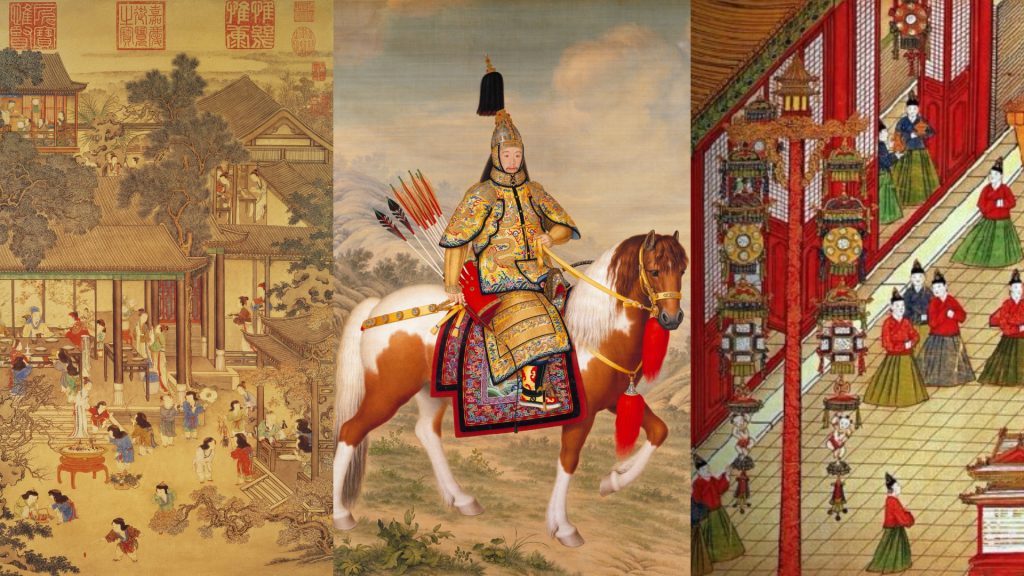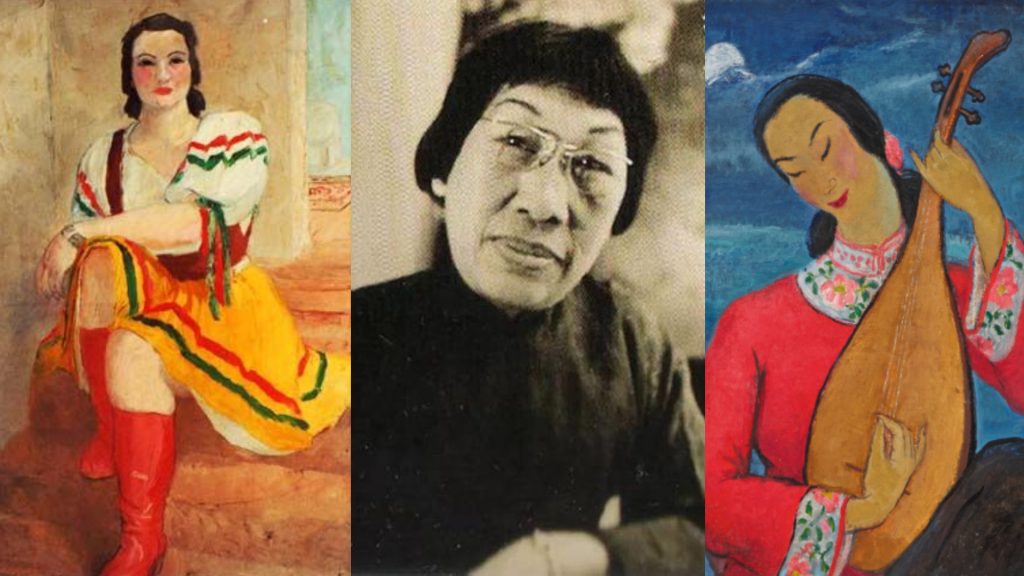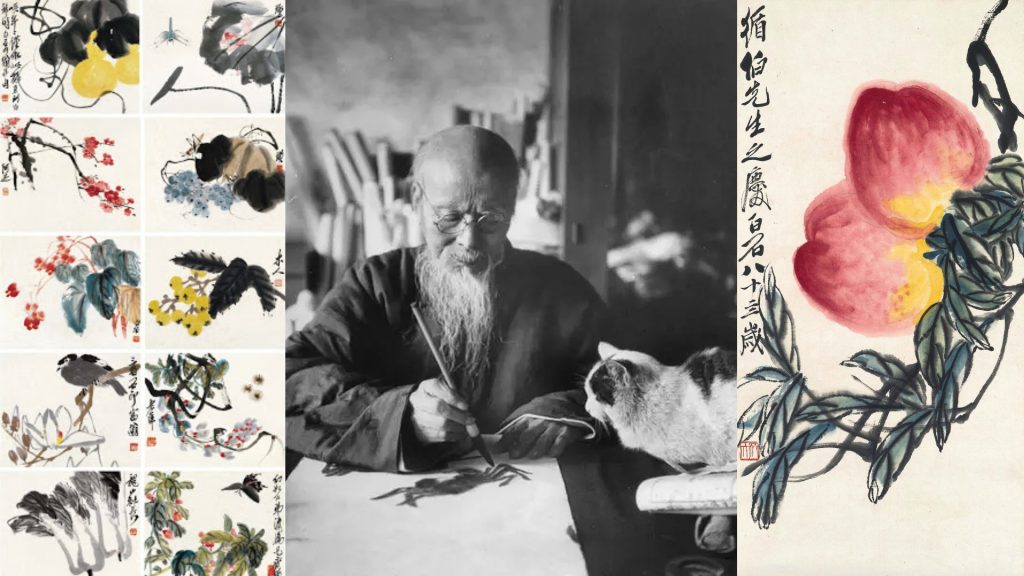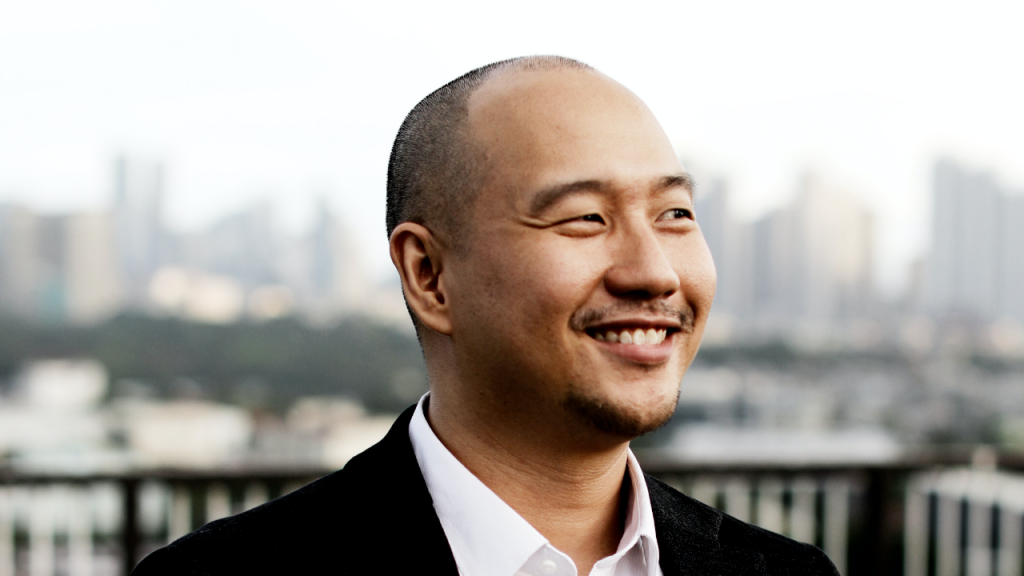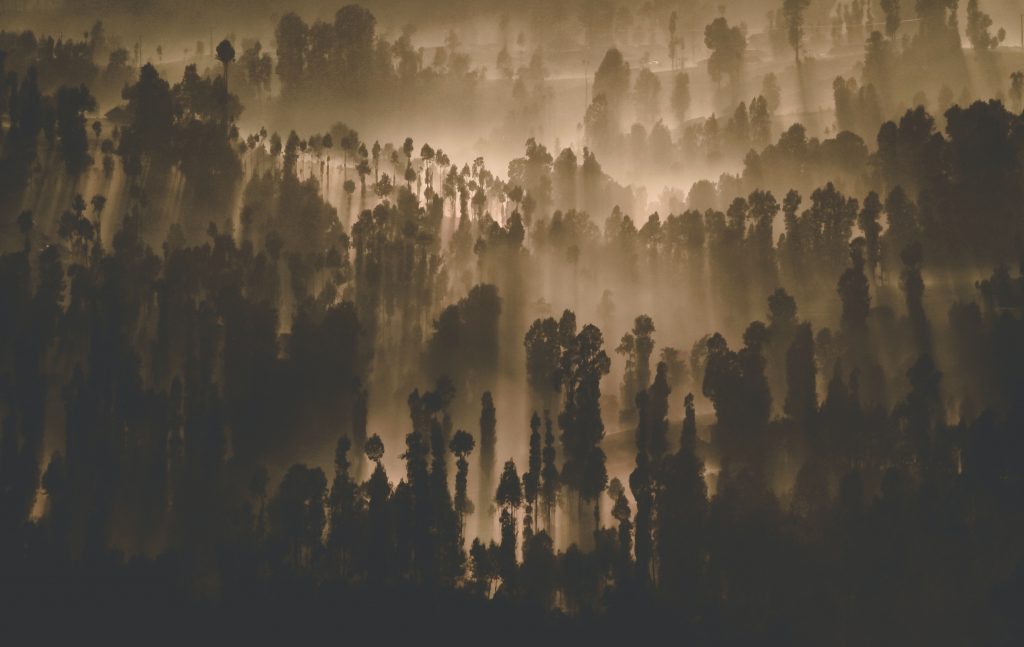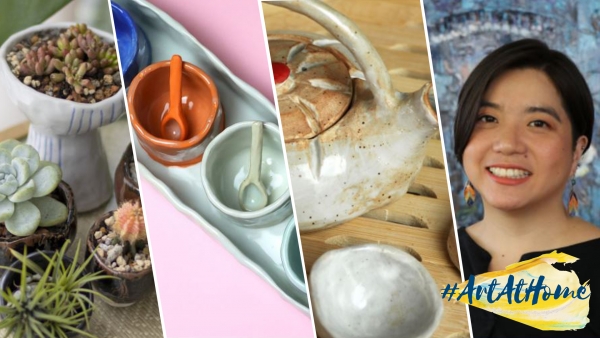Chinese Painters: Shitao, the Individualistic Painter
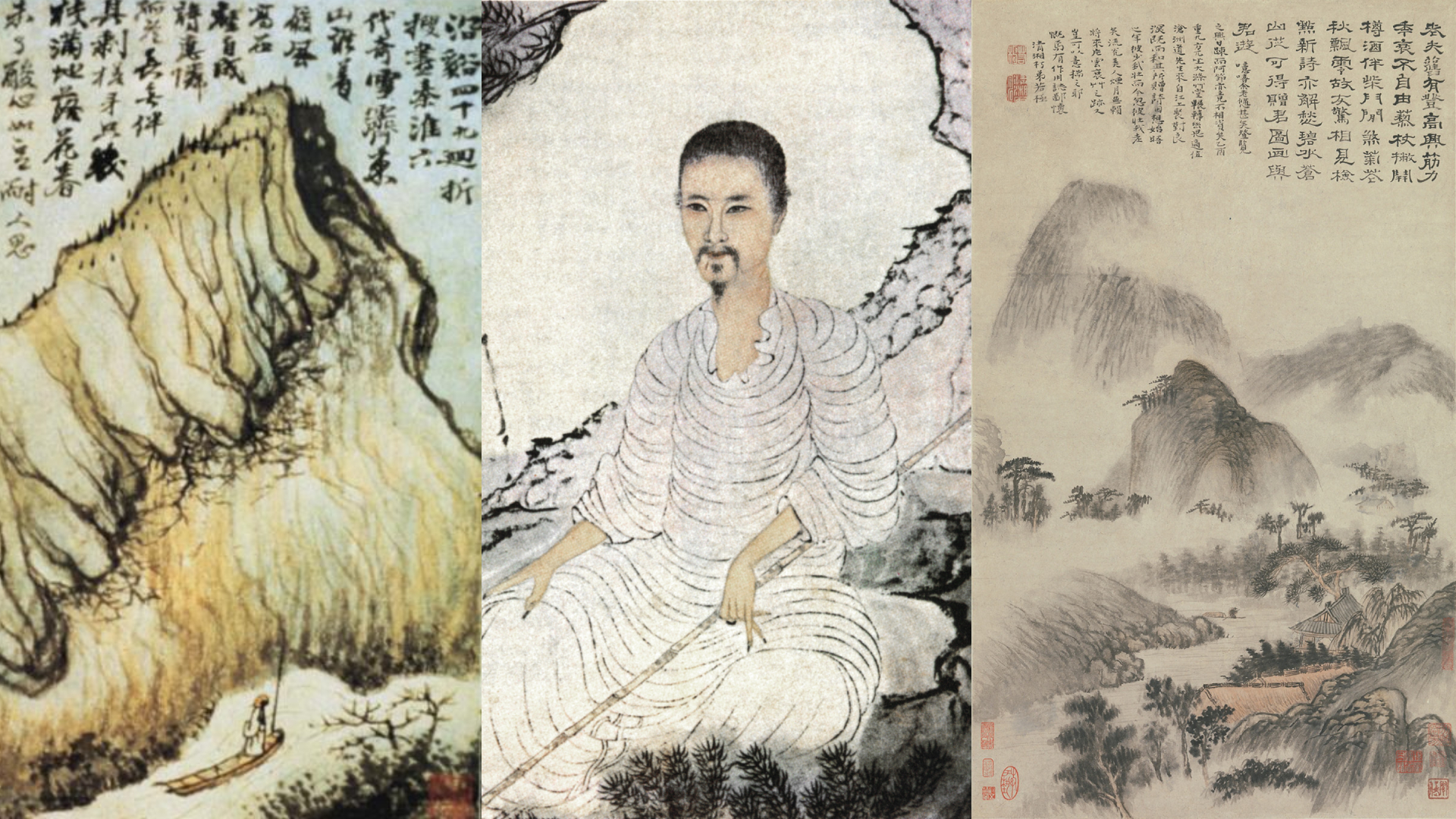
Share this story
As one of the most famous individualist painters in Chinese history, Shitao is known for his revolutionary paintings and unique style. His works are inspired by nature and his lifetime of wandering.
Humble beginnings
The Chinese painter Shitao was born in 1642 in Quanzhou County in Guangxi province. He was a member of the Ming royal house descended from the elder brother of Zhu Yuanzhang. But when the Ming Dynasty fell due to the invading Manchus and civil rebellion, he narrowly escaped, went with the name Yuanji Shitao, and became a Buddhist monk.
Shitao lived as a monk nearly his entire life, moving from one province to another in search of a patron. When he failed, he converted to Taoism and returned to Yangzhou only to support himself through his paintings.
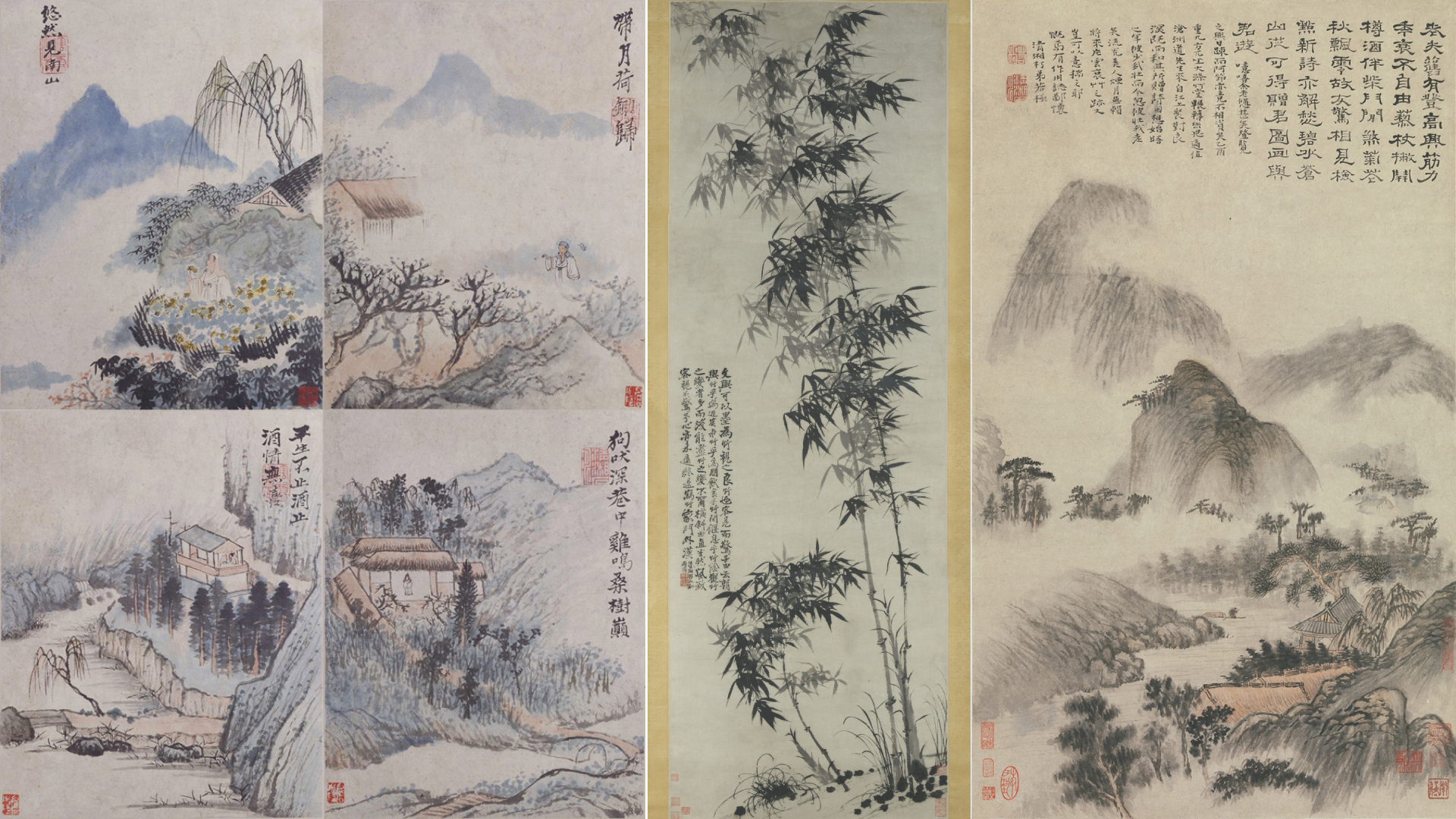
His paintings
Inspired by his life-long experience of visiting different places, his paintings reflect his travels and dwellings in mountains and lakes. The white space in his paintings put the subjects into focus while suggesting distance. Shitao did not just limit his masterpieces to paintings but included poetry and calligraphy to accompany the landscape.
Shitao’s paintings emphasize his style of using washes and bold, impressionistic brushstrokes. Although he has been able to develop his own style of painting, he took inspiration from old orthodox masters and predecessors while respecting them and learning painting techniques from their paintings.
Shitao eventually became one of the most famous individualist painters of the early Qing dynasty. His art was eventually considered “revolutionary” because of its distinct contrast to his contemporaries.
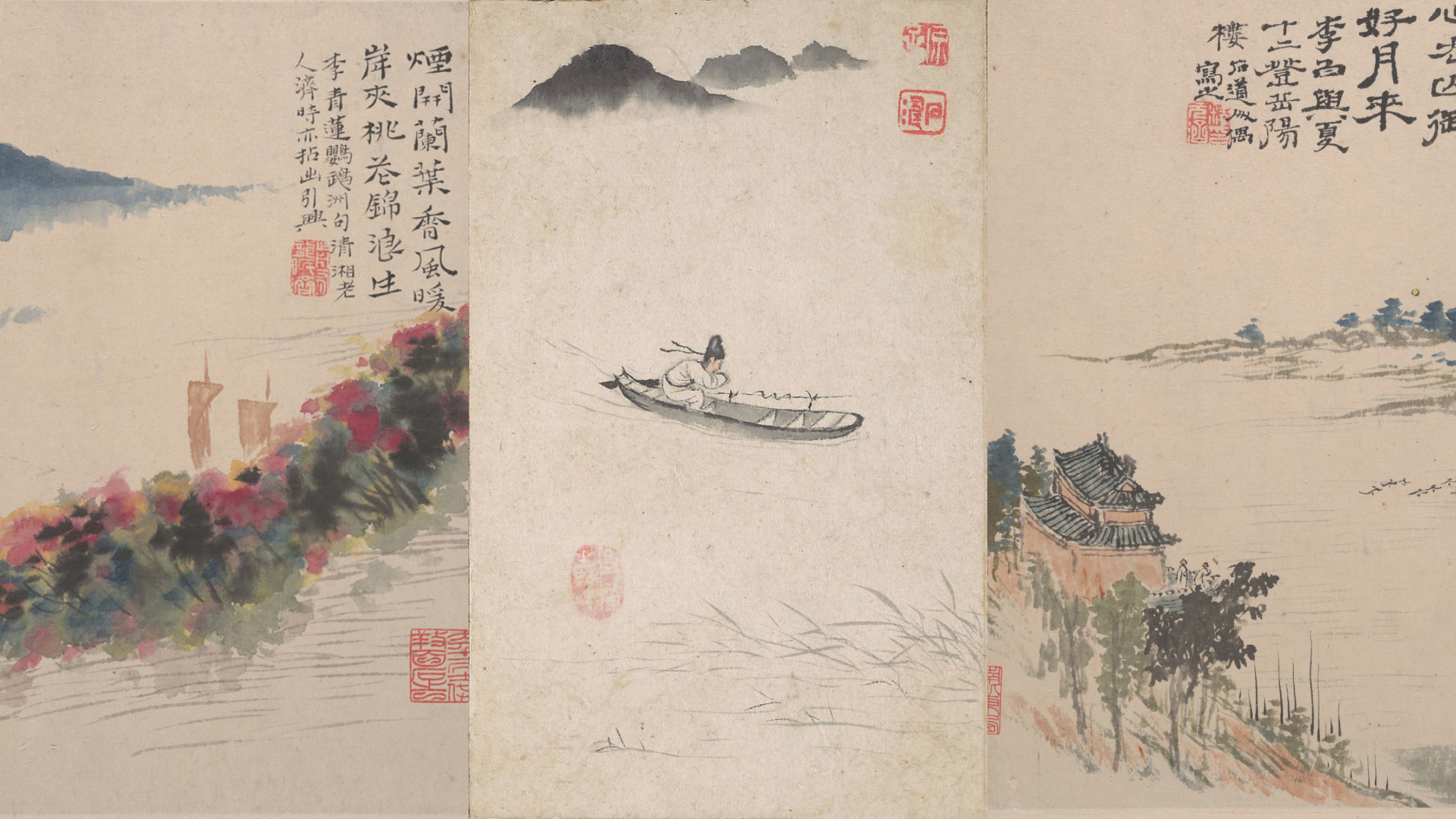
For more on Chinese painters, check out our article on Qi Baishi, a master at age 27, here.
Share this story
Related Posts
Leave a legacy and elevate your home with timeless masterpieces from Casa de Memoria’s Segundo auction
- Posted by Jodie Tanco
- 0 comments
The Four Wangs: Acclaimed Chinese Landscape Painters
- Posted by Mary Matias
- 0 comments
The “Four Wangs” refer to four acclaimed Chinese landscape painters that lived in the late Ming and early Qing periods and have the same surname. Find out more about these highly influential painters here.
Artist Abbey Sy: Living an Authentically Creative Life
- Posted by Stephanie Liao
- 0 comments
Abbey Sy is an artist, author, shop owner, and content creator. She has turned her talent and passion for the arts into a successful business. Here’s how she did it.
Li Shuang, the Intellectual Artist of Modern China
- Posted by Mary Matias
- 0 comments
Get to know Li Shuang, one of the most significant female contemporary painters in modern China.
The 4 Key Aspects of Chinese Landscape Painting
- Posted by Chinoy TV Web Staff
- 0 comments
Understanding the depth of Chinese art would take a lifetime — even more. First, one must ask the question: what does it mean to be Chinese? What makes something — or someone — Chinese? How are we to identify Chinese art from, let’s say, art from neighboring Japan or Korea?
LOOK: Chinese New Year Paintings Through the Years
- Posted by Mary Matias
- 0 comments
A lot of artists around the world take inspiration from one of the most significant Chinese celebrations, the Lunar New Year. Depicting the symbolism, rich history, and tradition of the said event on canvas has given these artists widespread acclaim, and we, as viewers, get to benefit from their masterpieces.
Pan Yuliang, the Post-Impressionist Female Painter
- Posted by Mary Matias
- 0 comments
Renowned as the first woman in China to paint in the Western style, Pan Yuliang was a contemporary Chinese painter that contributed remarkable modernist works that depict progressive ideas, despite sparking criticism and controversy during her time.
Chinese Painters: Qi Baishi, a Master at the Age of 27
- Posted by Mary Matias
- 0 comments
Known for his whimsical and playful style of watercolor works, Qi Baishi is a renowned Chinese painter. His works usually feature birds and flowers and are admired and praised by many worldwide.
Lexter Ang: Chinoy Graphic Designer’s Valuable Insights on the Creative Industry
- Posted by Jodie Tanco
- 0 comments
Working in the creative industry has taught Lexter Ang how to balance his passion between business and art despite family expectations and other obstacles.
An Appreciation of Ancient Chinese Art
- Posted by Danica Ngo
- 0 comments
Chinese art features some of the world’s oldest disciplines and traditions. Let’s take a closer look at some famous distinctive Chinese paintings.
Check Out: ‘An Artist Blooms’ Inspiring Art Exhibit
- Posted by Mary Matias
- 0 comments
Erin Tejada, a 16-year-old Chinese-Filipino artist with Autism Spectrum Disorder, created artworks for a cause.
Art & Fitness Workshops To Keep You Going Amidst The Pandemic
- Posted by Katrina Hernandez
- 0 comments

